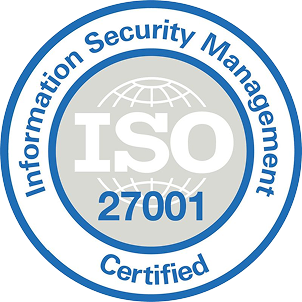One of the crucial resources for any tech company to take care of is energy. It can be data centers, servers, or devices; energy consumption significantly impacts operational costs and environmental footprint.As a business owner, you must be looking for various impactful ways to manage energy use efficiently and effectively and addressing the common challenges, such as:
- Inefficient sources of reliable data collection
- Unnecessary waste of energy
- No plan for energy upgrading projects
- Too much time consumption in energy reporting
- Sudden equipment breakdown
Thus, organizations are widely investing in renewable energy asset management software development for energy conservation and sustainability without compromising your performance or quality.Explore this comprehensive guide to intelligent, eco-conscious, and custom energy management software development, redefining the managing and optimizing energy. In this guide, we will also highlight the key features, software development process, cost, too.
What is Energy Management System Software?
An energy management system is a software solution tailored to your tech company’s objectives. It analyzes utility waste, enabling facility and energy managers to make smarter operational decisions. Unlike off-the-shelf products, this customized solution addresses your unique energy profile, challenges, and opportunities and better prioritizes action through centralized utility management.
- Save money on energy bills and improve your bottom line.
- Minimize exposure to energy price volatility and supply disruptions.
- Enhancing operational reliability and continuity.
- Diversify energy sources to increase self-reliance and independence.
- Boost energy efficiency and productivity.
- Delivering higher quality and value to customers.
- Gain a competitive edge, increase market share, and enhance your reputation.
- Lower environmental impact and contribute to global climate change efforts.
- Align your company with stakeholders' social and ethical values,
- Attracting more investors, partners, and customers.
Benefits of Custom Energy Management Software for Your Tech Company
1. Smart Grid Optimization
Custom software solutions for smart grid optimization, powered by AI and IoT, enhance the efficiency and reliability of electricity distribution. Real-time data and advanced analytics improve grid performance, reduce energy losses, and enable better demand response management.
2. Energy Consumption Analytics
With cloud computing and AI analytics tools, you can get deep insights into energy usage patterns, helping organizations identify inefficiencies and opportunities for cost savings.
3. Predictive Maintenance for Energy Assets
Implementing predictive maintenance through AI and IoT helps you anticipate equipment failures before they occur. With this proactive approach, you can minimize downtime, reduce maintenance costs, and extend the lifespan of energy assets, ensuring an uninterrupted energy supply.
4. Energy Monitoring, Audits, Management and Forecasting
Custom energy Management system software solutions, leveraging IoT and cloud-based platforms, provide energy consumption and production oversight. With detailed audits and accurate forecasting, they align energy usage with future demands and enhance energy efficiency.
5. Utility Management Solutions
Utility management solutions, integrated with AI and cloud technology, streamline utility providers' operations, providing outcomes like:
- Improved billing accuracy
- Better customer service
- Optimized resource management
- Enhanced operational efficiency
- Increased customer satisfaction
6. Virtual Power Plants
Custom software for virtual power plants integrates multiple distributed energy resources, allowing them to operate as a single power plant.
- Enhances grid reliability
- Maximizes the use of renewable energy
- Provides a flexible response to energy demands
7. Energy Trading Platforms
Energy trading platforms utilize cloud technologies to enable secure and efficient trading of energy commodities.
- Better market access
- Real-time pricing
- Transparent transactions
- Optimizing energy procurement and sales
8. Renewable Energy Integration
Using AI and IoT technology, software for renewable energy integrates renewable energy sources like solar and wind into existing energy grids.
9. Demand Response and Load Balancing
Custom demand response solutions enable businesses to adjust their energy consumption in response to grid demands.
- Balancing load
- Reducing peak demand charges
- Supporting grid stability during high-demand periods
10. Sustainability and Green Energy Initiatives
Custom software supports sustainability goals by tracking and optimizing energy usage, reducing carbon footprints, and promoting green energy initiatives.
11. Operational Efficiency in Energy Production
Enhance operational efficiency in energy production through tailored software solutions optimize processes, improve asset performance, and reduce operational costs, leading to more efficient and sustainable energy production.
Key Features of Custom Energy Management Software
Device Connectivity
By leveraging IoT (Internet of Things), devices and processes can be tracked for excessive carbon emissions, enabling informed decision-making. IoT technology facilitates connectivity among devices, allowing data consolidation through an Energy Management System (EMS). Each device connects via IoT, enabling mutual data exchange.
Monitoring and Tracking
An Energy Management System (EMS) provides a unified interface to access comprehensive information about your devices and processes. Energy usage data is collected through meters and circuits across various devices and processes, allowing for effective monitoring and analysis of energy consumption trends.
Reporting and Analytics
Advanced energy management software generates detailed reports on energy usage, comparing current data with historical records to assess performance. These reports comply with carbon reporting standards and offer visual analytics through graphs and charts, making the data easy to understand and interpret.
Instant Notifications
Energy Management Systems (EMS) feature real-time alerting to prevent excessive energy consumption. When consumption levels exceed pre-set thresholds, the system provides immediate notifications, helping you manage energy use efficiently.
Process of Energy Management Software Development
Clear Environmental Policy
Establish a clear environmental policy to begin with, demonstrating a strong commitment to continuous improvement. Then, establish a dedicated team to implement these improvements at both administrative and process levels.
Set Clear Goals
Define specific parameters to measure success by setting clear energy consumption and emission reduction goals. This will help you benchmark existing results and track progress effectively.
Monitor Performance
Assess the performance of your energy management initiatives regularly to ensure you are meeting your set goals. Use data from your EMS to track progress and align activities with your environmental policy, making necessary adjustments to enhance performance.
Develop an Action Plan
Create a detailed action plan to achieve your objectives and stay on track. This plan should include a framework for addressing issues and making timely decisions to correct any deviations from your goals.
Update Your Plan
Periodically review and update your action plan to ensure compliance with current standards and regulations. Adapt to new regulations and redefine your plan as needed.
Recognize Achievements
Acknowledge when you successfully meet your goals. This helps maintain consistent performance and motivates you to strive towards your ultimate objectives.
How Much Does Energy Management Software Development Cost?
The cost of developing an enterprise energy management system varies based on its complexity and features, typically ranging from $80,000 to $250,000. However, these figures are rough estimates, and actual costs can exceed this range depending on factors such as specific energy objectives, the breadth of features, the variety of connected devices, and other considerations.Our comprehensive guide on mobile app development costs will explain in detail all the factors influencing the cost of building an application.Due to the comprehensive nature of energy management software, which involves extensive operational aspects, development and implementation timelines are extended. This complexity necessitates a larger development team, thus contributing to higher costs. Additionally, outsourcing development to regions with lower labor costs, such as South Asia, can also impact overall project expenses.
Implement Cloud-based Custom Energy Management Software with Successive Digital
As the demand for sustainable and efficient energy solutions increases, energy companies are transitioning to cleaner sources and adapting to evolving customer needs, requiring flexible and scalable solutions.At Successive Digital, we specialize in developing custom energy management software powered by cloud technologies in partnership with AWS. Our solutions empower energy providers to optimize operations, enhance efficiency, and seamlessly integrate renewable energy sources.With deep industry expertise and advanced cloud capabilities, we enable organizations to drive transformation, reduce costs, and ensure robust safety and security measures throughout their operations.
.avif)
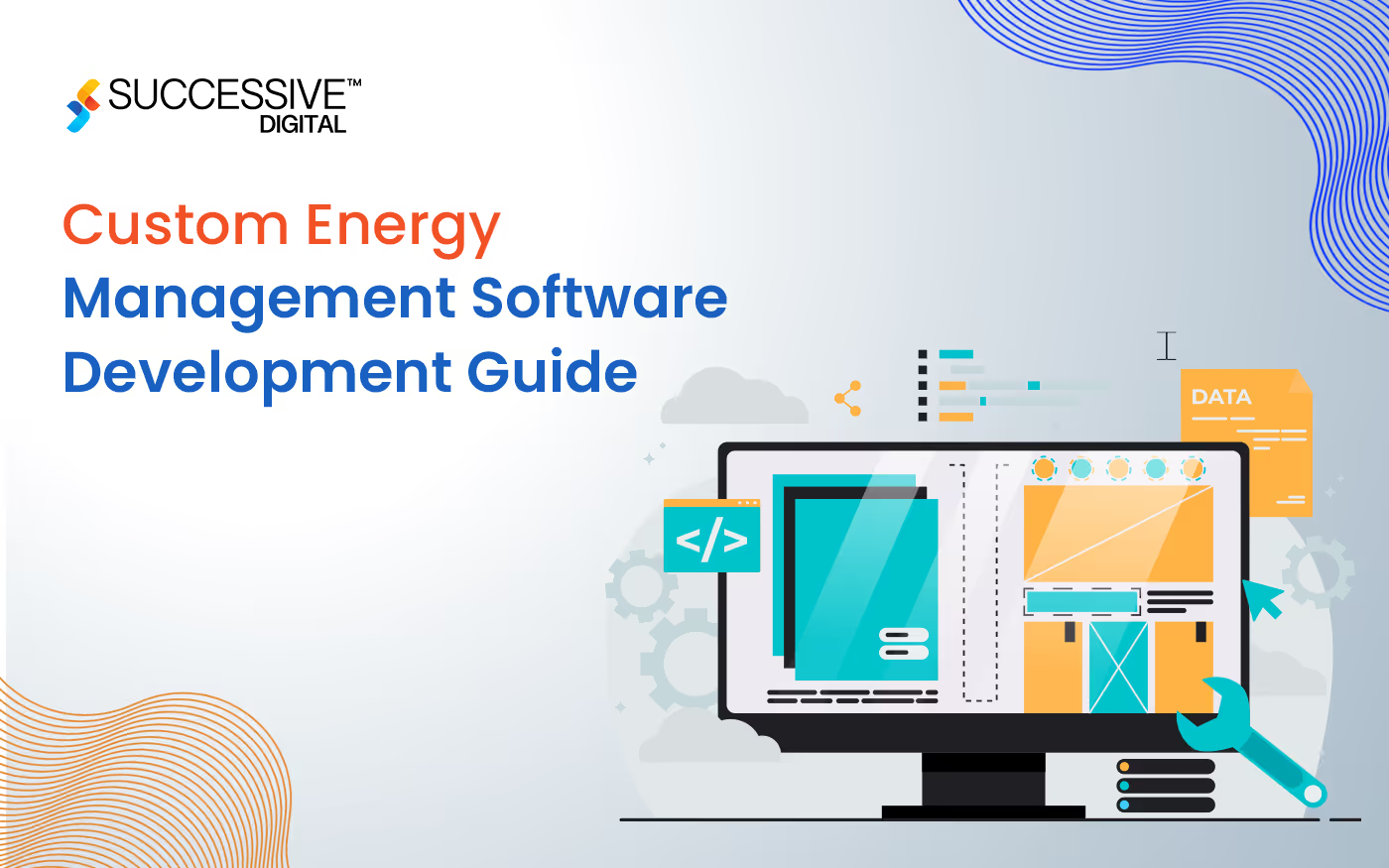


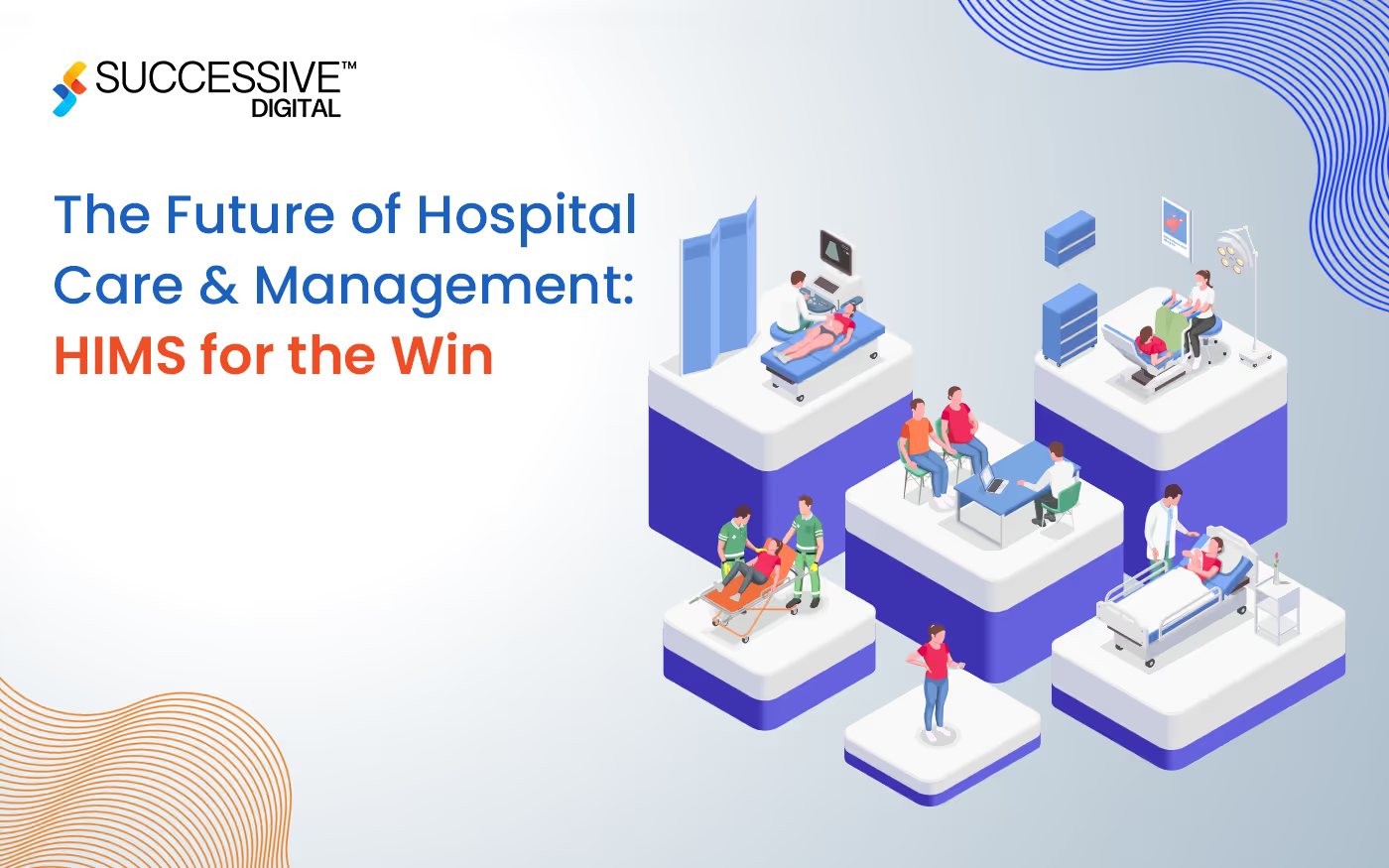
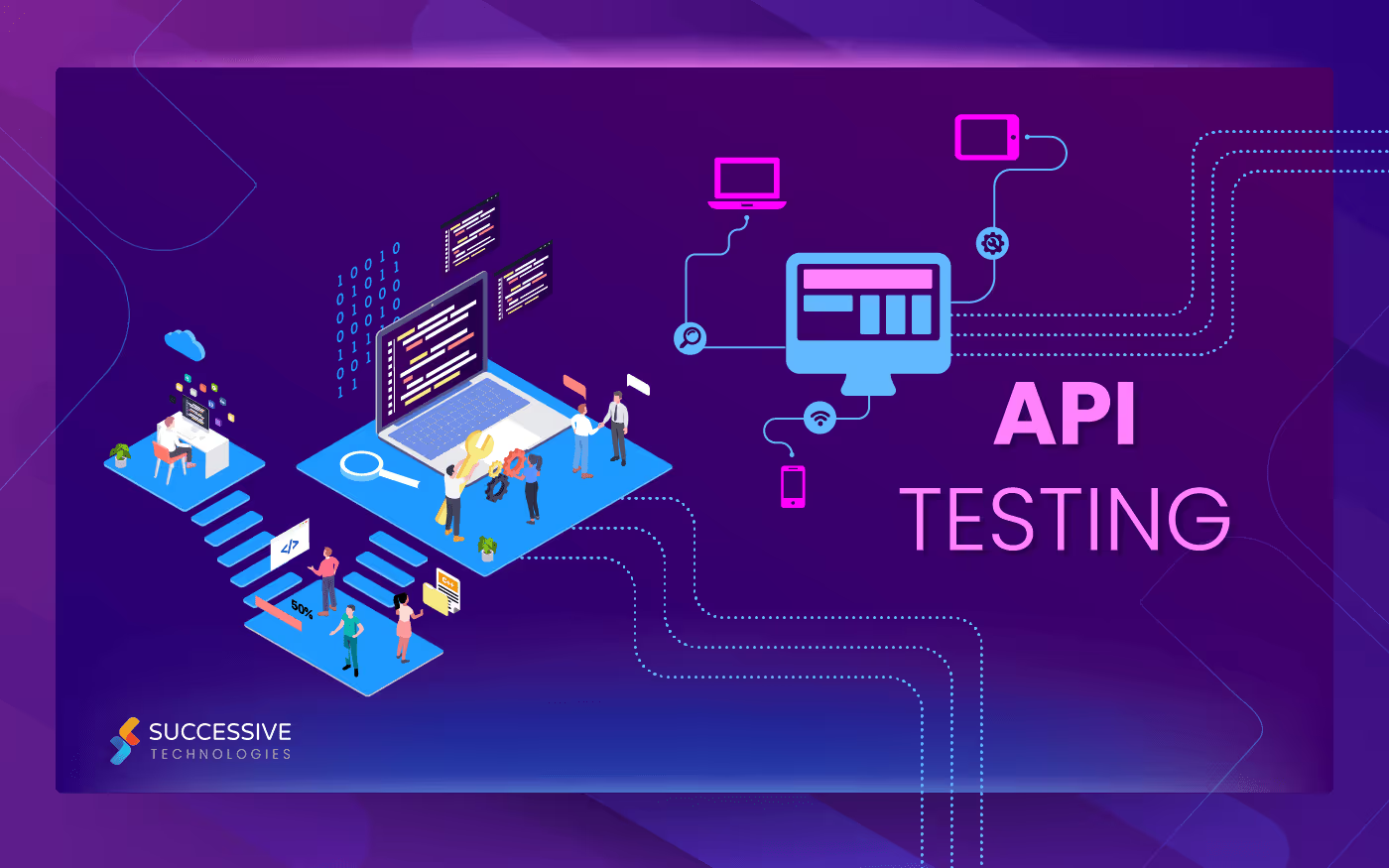
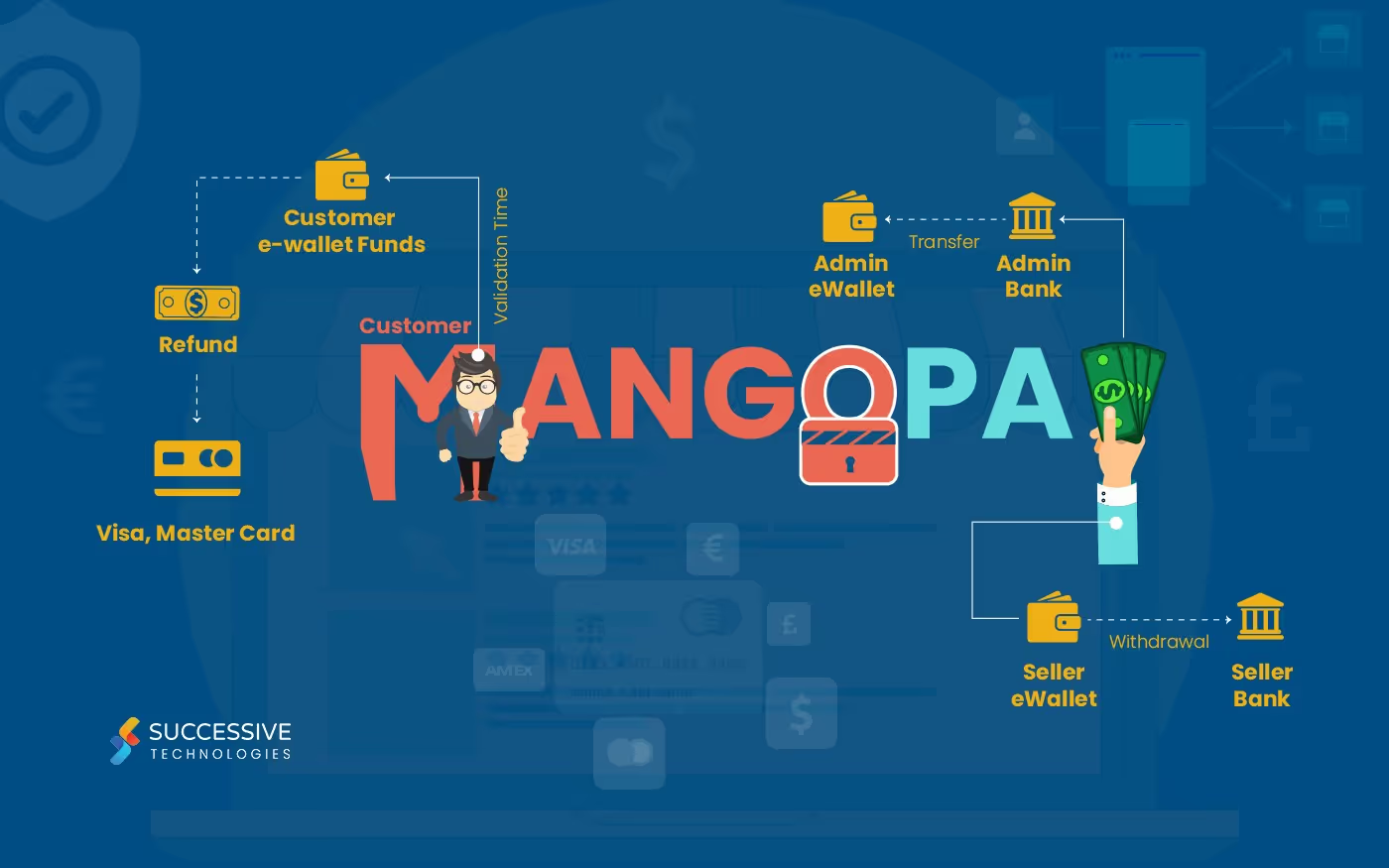
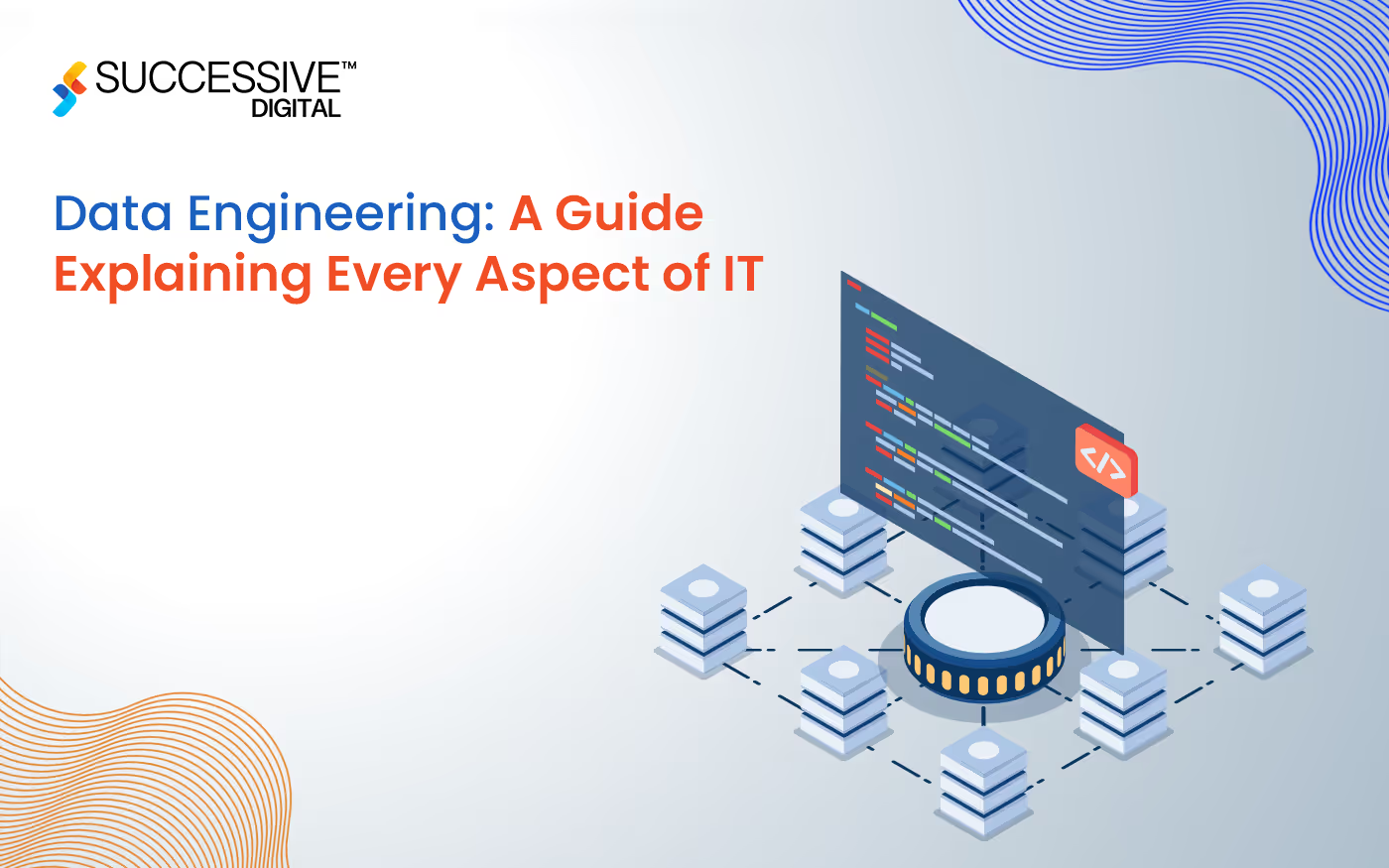



.jpg)








